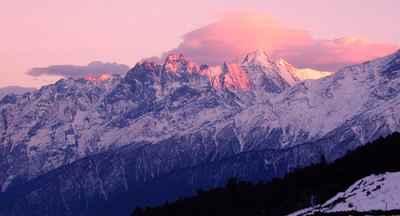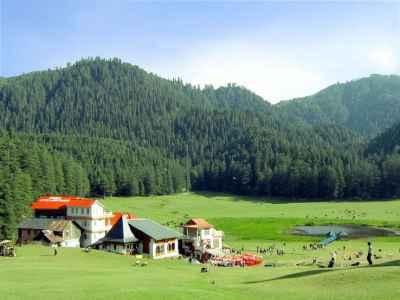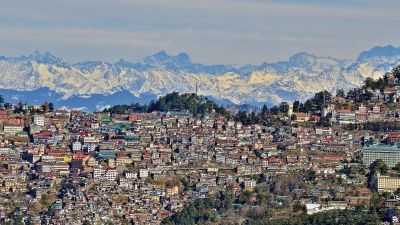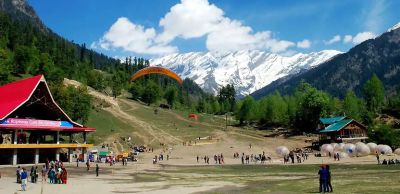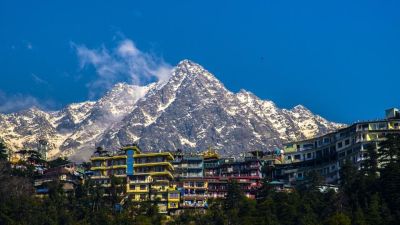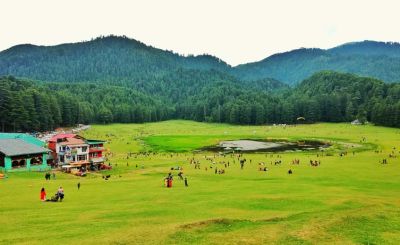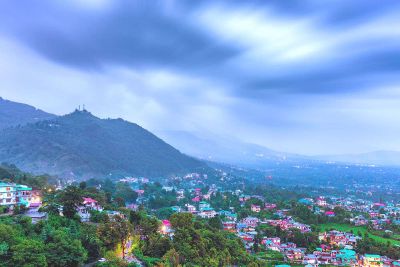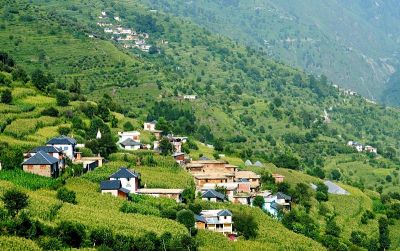An Overview of Himachal Pradesh's Indigenous Plants and Their Uses
An Overview of Himachal Pradesh's Indigenous Plants and Their Uses
Himachal Pradesh, also known as the "Land of Gods," is a picturesque state located in the western Himalayas in India. It is not only known for its stunning landscapes and adventure activities but also for its rich biodiversity. The region is home to a wide variety of indigenous plants, many of which have been used by the local communities for centuries. In this blog post, we will explore some of the indigenous plants found in Himachal Pradesh and their traditional uses.
1. Rhododendron
One of the most iconic plants in Himachal Pradesh is the rhododendron, which thrives in the alpine and subalpine regions of the state. The flowers of the rhododendron come in various colors and are not only beautiful but also have medicinal properties. In traditional medicine, the flowers are used to treat fever, cough, and chest congestion. They are also believed to have antioxidant and anti-inflammatory effects.
2. Deodar
The deodar, or Himalayan cedar, is a majestic evergreen tree found in the forests of Himachal Pradesh. The wood of deodar is highly valued for its durability and is often used in construction, including for making furniture, doors, and windows. In addition, the leaves and bark of the deodar have antimicrobial properties and are used in traditional medicine to treat various ailments such as skin infections and digestion problems.
3. Brahma Kamal
The Brahma Kamal, also known as the "king of flowers," is a rare and exotic plant found at high altitudes in Himachal Pradesh. It is known for its unique and beautiful white flowers. According to local beliefs, the plant is sacred and is associated with Lord Brahma. In traditional medicine, the flowers and leaves of Brahma Kamal are used to treat skin infections, digestive disorders, and respiratory problems.
4. Kuth
Kuth, also known as costus or saussurea, is a medicinal plant found in the alpine regions of Himachal Pradesh. It has been used in traditional Ayurvedic medicine for centuries. The roots and leaves of kuth have anti-inflammatory and analgesic properties and are used to treat various ailments, including arthritis, asthma, and digestive disorders. Kuth is also believed to strengthen the immune system.
5. Bhringraj
Bhringraj, also known as "false daisy," is a herbaceous plant found in the lower regions of Himachal Pradesh. The leaves and roots of bhringraj have been used in Ayurvedic medicine for their hair growth properties. They are believed to nourish the hair follicles and prevent hair loss. Bhringraj oil, derived from the plant, is popularly used as a natural remedy for hair-related issues.
6. Kutki
Kutki, a small herbaceous plant found in the alpine meadows of Himachal Pradesh, is highly valued for its medicinal properties. The roots of kutki are used in traditional medicine to detoxify the liver, promote digestion, and treat fever and jaundice. It is also known for its anti-inflammatory and antioxidant effects. Kutki is considered a key herb in Ayurveda for its wide range of therapeutic benefits.
7. Juniper
Juniper, a shrub or small tree found in the higher altitudes of Himachal Pradesh, is known for its aromatic berries and leaves. In traditional medicine, the berries of juniper are used as a diuretic, digestive stimulant, and antimicrobial agent. The leaves and twigs of juniper are used in making essential oils, which have a soothing and calming effect. Juniper berries are also used for culinary purposes, imparting a unique flavor to dishes.
8. Uttis
Uttis, also known as nettles or stinging nettles, are found throughout the forests of Himachal Pradesh. Despite their stinging hairs, they are considered highly nutritious and have various health benefits. Uttis are rich in vitamins, minerals, and antioxidants. They are used in traditional medicine to treat arthritis, allergies, and respiratory disorders. Uttis are also consumed as a leafy green vegetable and are used in making soups, teas, and other culinary preparations.
Himachal Pradesh's indigenous plants not only contribute to the state's natural beauty but also have immense cultural and medicinal value. The traditional use of these plants by the local communities showcases the deep connection between humans and nature. As responsible travelers, it is essential to appreciate and respect the natural heritage of the places we visit while promoting their conservation for future generations.
Do you have any favorite indigenous plants from Himachal Pradesh or any other region? Share your thoughts and experiences in the comments below!
Conclusion
Himachal Pradesh's indigenous plants are not only aesthetically pleasing but also hold immense traditional and medicinal value. From the vibrant rhododendrons to the sacred Brahma Kamal, each plant has a unique story to tell. The diverse uses of these plants in traditional medicine highlight the deep-rooted connection between nature and the local communities. By appreciating and promoting the conservation of these plants, we can ensure that their beauty and benefits continue to thrive in the years to come.
Remember to share this blog post with fellow nature enthusiasts to spread awareness about Himachal Pradesh's indigenous plants and their significance!
Disclaimer : The information provided in this blog is for general informational purposes only. While we strive to keep the content accurate and updated, TravelSetu assumes no liability for errors or omissions. If you believe any part of this blog infringes your rights or causes concern, please notify us immediately at info[at]travelsetu[dot]com so that appropriate action can be taken.
